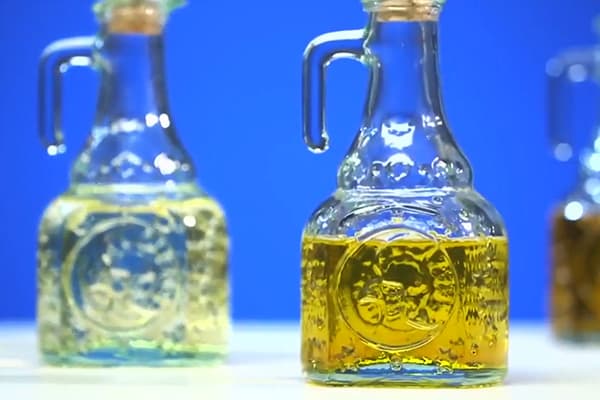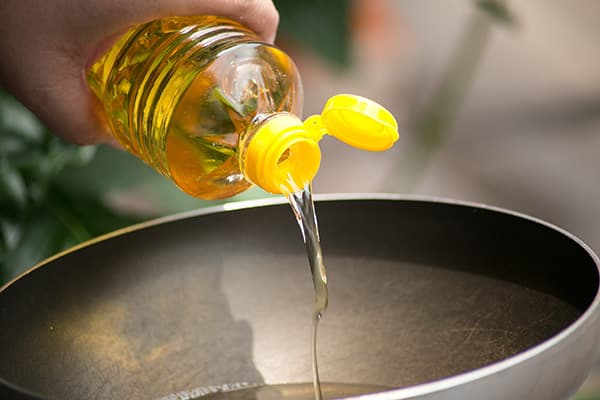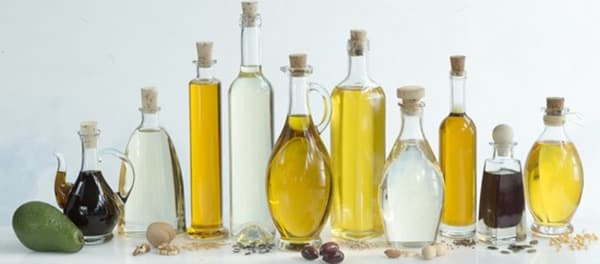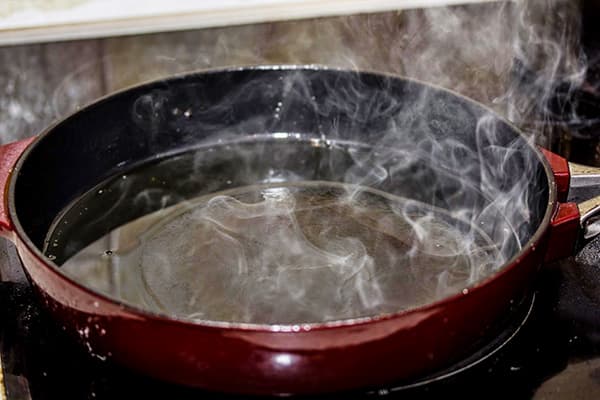Which oil is better for frying – refined or unrefined? Ambiguous answer from scientists
The debate about which oil is best for frying has not subsided for many years. Nutritionists in this matter advocate refined foods (although from the point of view of science, not everything is so clear). Ordinary citizens also prefer this option. Only representatives of the older generation buy amber-yellow unrefined oil in the old fashioned way, using it as a universal product - both for frying and in salads.

What is the difference?
When people first learned to extract oil from various crops, it was used in its natural form. However, in those distant times, such a method of processing meat, dough and vegetables as frying was not even suspected - vegetable fats, like animal fats, were used to season ready-made porridge and liquid dishes. The fact that over time oils acquired an unpleasant odor and bitter taste was considered an inevitable process.
With the development of science, we found out that the cause of spoilage lies in unwanted impurities. They are released into the oil during pressing and are part of the seeds used to make “liquid gold.” These are phospholipids, coloring and aromatic substances, waxes. After this discovery was made, people came up with a purification process called refining. It is constantly being improved and currently consists of four stages:
- Degumming - removal of mucus.
- Whitening — getting rid of excess natural pigments (chlorophyll, carotenes and others).
- Winterization - this is what technologists call the freezing process, during which wax-like substances come out of the oil (it is they that cause cloudiness and the formation of sediment in unrefined oils).
- Deodorization - some volatile components of the oil evaporate from the frying pan under the influence of high temperature, and then settle on surfaces in the kitchen. Deodorization by distillation is designed to save consumers from such a nuisance.
A little later, another fact became known - those components of vegetable fats that contribute to their spoilage can not only render oil reserves unusable, but also harm human health. True, this happens only under certain conditions.
Benefits and harms
At temperatures close to natural (a record of +58.6°C has been recorded on planet Earth so far), unrefined oils are only beneficial for humans. Of course, if you use them in reasonable quantities. The worst thing begins during strong heating - then carcinogens (substances that cause cancer) are formed in the oil. It should be noted that these same carcinogens, but in much smaller quantities, can also appear after storing oil in open containers or under the influence of direct sunlight. Therefore, it is most dangerous to eat foods that have been fried in stale, rancid oil.
Refined oil, from which all “garbage” components have been extracted, does not have such negative properties. However, when heated for a long time to very high temperatures, it can also release carcinogens.
Among the chemical compounds that appear in oil during frying, the 4 most dangerous can be identified:
- Aldehydes - toxic substances that accumulate in the body.
- Free radicals — penetrate into the lungs when inhaling smoky air. They cause premature aging, provoke heart attacks and strokes.
- Acrylamide - a component of everyone's favorite crispy crust. Destroys the nervous system, disrupts liver function.
- Acrolein - irritates the mucous membranes of the nose and eyes, damages the respiratory tract.
Difficulty of choice
It would seem that there is no difference in which oil to fry in - refined or unrefined, if they both pose a health threat. In fact, this is true. You should choose vegetable fat not according to the labels on the bottle or according to the processing method, but according to the smoking point. The mentioned indicator got its name for a reason, because reaching the temperature threshold is indicated by the appearance of a bluish haze over the frying pan. It is from this moment that the active release of carcinogens begins.
It is important to know that oils made from different types of plants have a significantly different smoke point, and for refined ones it will be much higher than for natural ones. However, this does not mean that any refined oil is by default more suitable for frying than unrefined oil. So, for example, unrefined corn begins to burn at 178°C, and refined sesame - at 177°C.
Fried lovers may be disappointed, but quite expensive refined oils of vegetable origin can be used without harm to health:
- avocado - it can withstand up to 270°C;
- mustard - heated to 250°C;
- olive - depending on the region where it was produced and the method of pressing, it shows values from 200 to 243 ° C;
- soybean - begins to smoke at 234°C.
Our usual sunflower oil lags behind the leaders - refined remains safe at temperatures up to 227°C, and unrefined - at only 160°C.
Other nuances
Don't forget about the frying pan. It is she who determines to what limit its contents will heat up. When using a gas stove, the metal from which the frying devices are made heats up to 600°C. In the case of an electric burner, the temperature will be two times lower. This means that, even using relatively pure oils with a high smoke point, you cannot turn on the heating device at full power. It should be cooked over moderate or even low heat.
And here another difficulty arises, because with this method of processing food it is difficult to get a truly fried piece of meat with a crust or make crispy French fries. In addition, the lower the temperature, the more oil the food absorbs - that is, its calorie content increases, which also does not have the best effect on human health.
To summarize, we can say that refined oils are most suitable for frying, but not all of them, but only those that have a very high smoke point. It is also important that even the best oil will not save the situation if the frying pan is heated more than the physical and chemical properties of the fat used allow. And in terms of taste, products cooked at low temperatures are noticeably inferior to those fried in the usual way.


